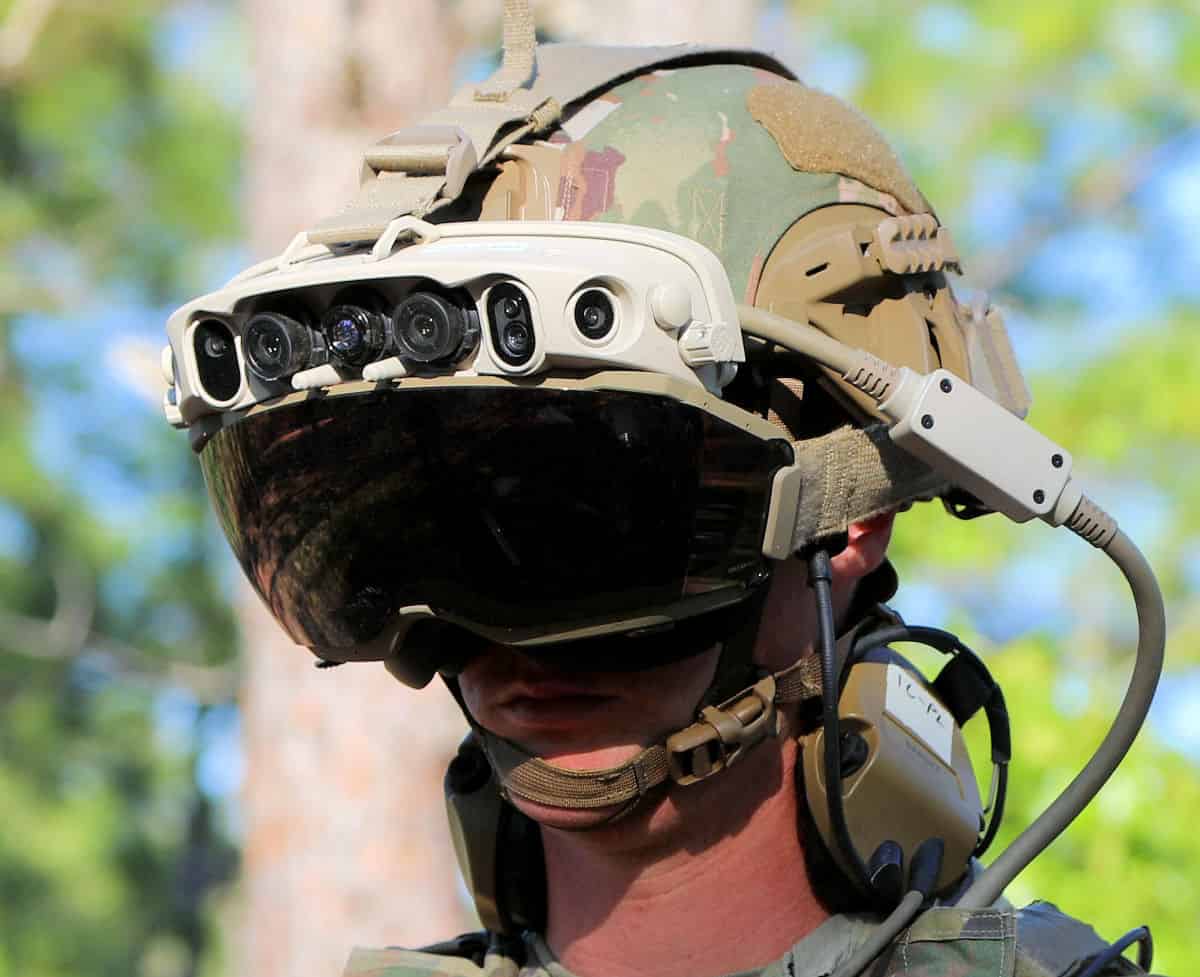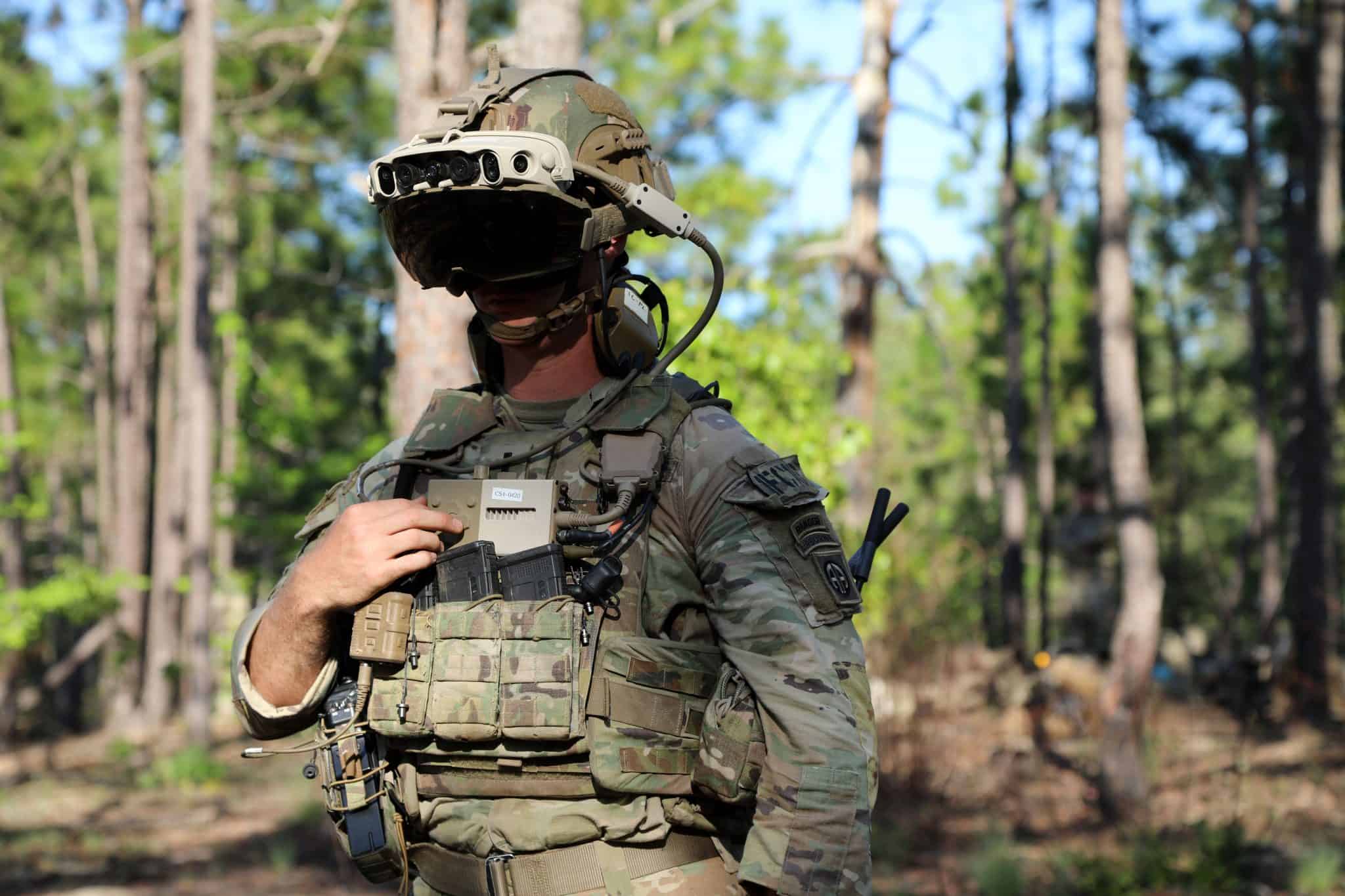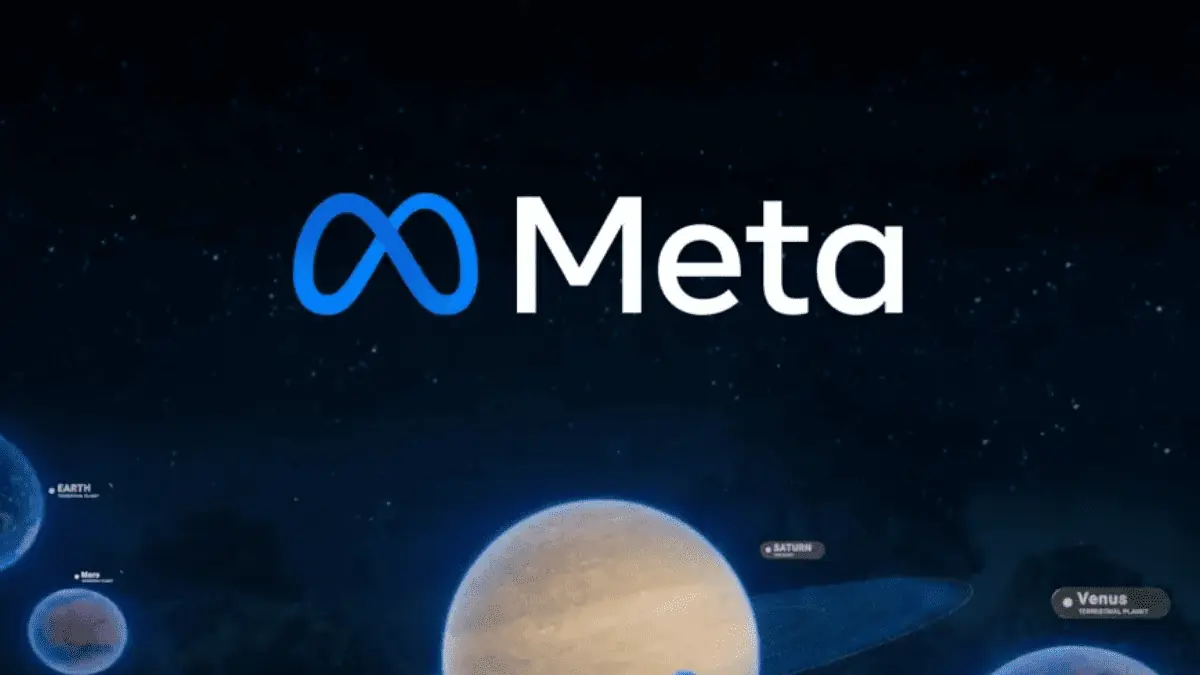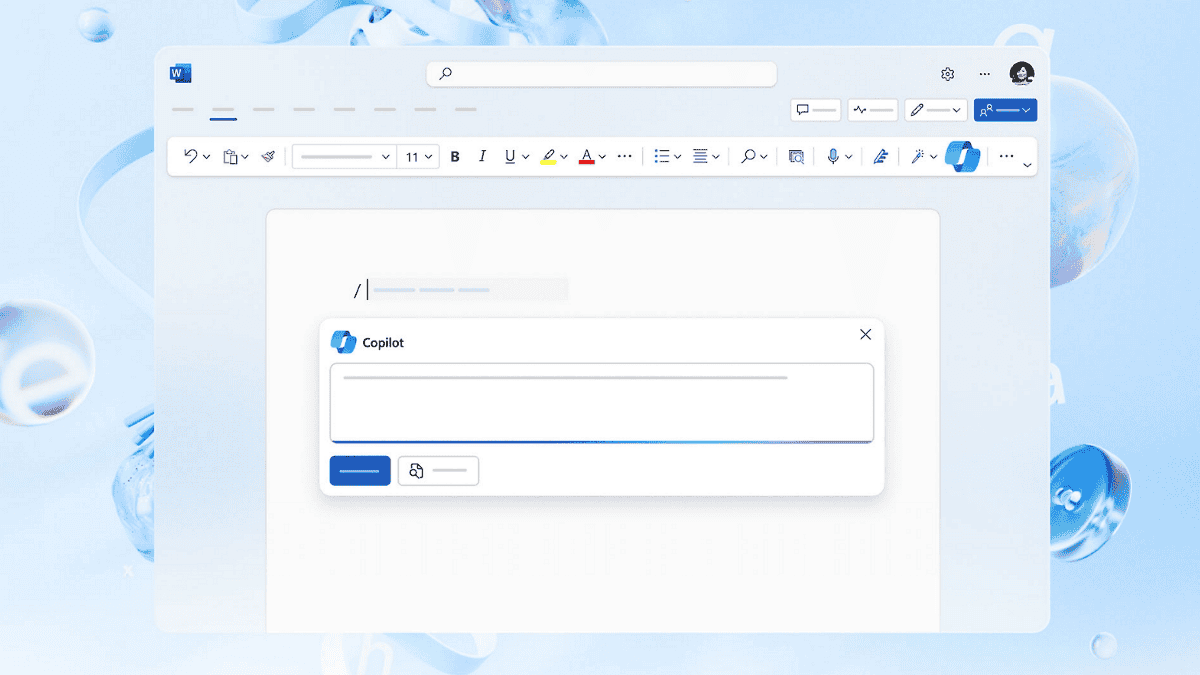IVAS Military HoloLens to enter service in September 2021
3 min. read
Published on
Read our disclosure page to find out how can you help MSPoweruser sustain the editorial team Read more

In a blog post, Microsoft has announced that their military HoloLens, the Integrated Visual Augmentation System (IVAS), will be entering service in September this year.
The IVAS headset has been in testing and development for 2 years, with numerous changes being made to meet military spec and the requirements and feedback from soldiers.
“The whole process was really iterative,” said Master Sgt. Marc Krugh, a senior enlisted advisor who’s worked on the project since its inception.“Using the prototyping process, we were able to find out what works and what doesn’t work. Had we not received feedback from soldiers, we might have done the wrong thing and developed in the wrong direction.”
Changes include improving peripheral vision and accommodating rifle butts better.
“If a soldier wanted to put his or her cheek on the butt of their weapon, if there were sensors on the bottom of the headset, they wouldn’t be able to do that,” Krugh says.
Soldiers have been testing the prototypes at Fort Pickett, Virginia, for two years. More recently, the devices were tested in Puerto Rico and Alaska to ensure they perform well in tropical and cold environments. More than 80,000 hours of feedback has been collected.
IVAS uses HoloLens’ mixed-reality technology plus thermal imagery, sensors, GPS technology and night vision capabilities to improve soldiers’ situational awareness and give them critical information to help plan, train and carry out missions. The devices enable soldiers to see where they are and what’s around them by projecting holographic images, three-dimensional terrain maps and a compass onto their field of vision.
“Think about giving the soldier instantaneous situational awareness, not only of their surroundings, but also of the proximity of mission-critical people, places and things. This will have a profound impact on soldier safety and a marked reduction in friendly fire and other types of incidents,” says David Marra, IVAS program director for Microsoft.
When IVAS is paired with a weapon sight – an aiming device – it also enables soldiers to see what the scope on their rifle sees, allowing them to safely look around corners. Technology transmits what the scope sees to the soldier’s headset, regardless of which direction the soldier is looking, and soldiers can communicate digitally between the headsets.
“Inevitably, IVAS is going to save lives,” Krugh says.
Microsoft will initially produce more than 120,000 headsets for soldiers at a Silicon Valley manufacturing facility. The five-year agreement can be extended for another five years, and the total contract may be worth as much as $21.88 billion.









